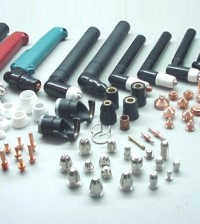Welding Safety Equipment and Protective Clothing
Staying safe in the workplace is a serious matter that shouldn’t be taken lightly. Every job requires safety measures that need to be taken to reduce risks, some more than others. There are certain things that the employer needs to provide to make sure that everyone will be safe, but there are certain things that the employees themselves can do to ensure they’re getting the best protection possible.
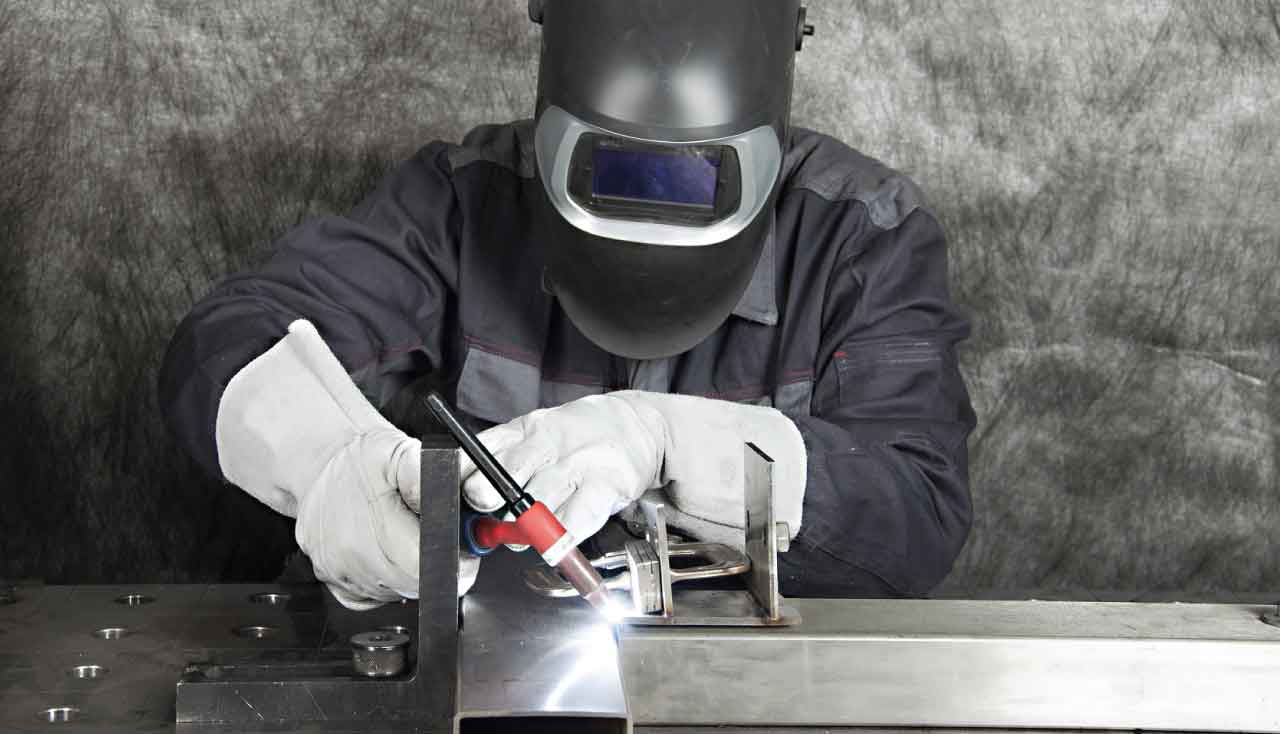
Having the appropriate personal safety equipment or PPE (Personal Protective Equipment) is a must to protect yourself from all the dangers that may arise in the workplace. Welding can be hazardous to the workers’ health and precautions are necessary to avoid serious injuries. There are certain environmental hazards that need to be controlled but using welding protective equipment is of equal importance.
Helmet and Goggles with Quality Welding Lenses
Using a protective helmet and goggles are essential for head, face, and eyes protection. They keep you safe from intense light, radiation, irritation, and burns from flying hot debris and sparks.
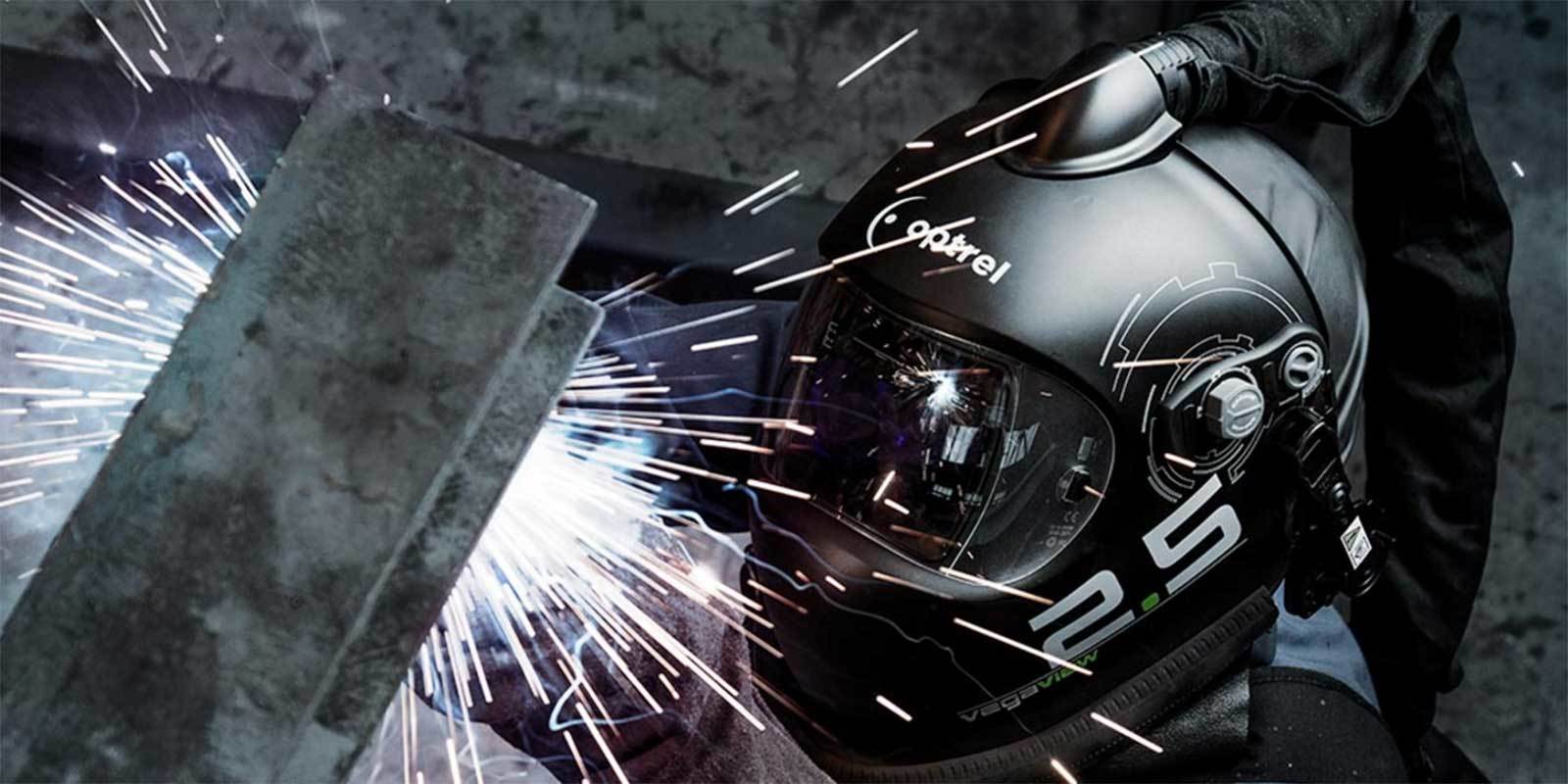
Protective Helmet
Helmets, most importantly, protect you against infrared and ultraviolet radiation and minimise the risk of eye injuries like arc eye or inflammation of the cornea and retina burns. There are different types, so you need to choose the one that’ll work for you.
Passive Helmets
These are conventional welding helmets that don’t have features like modern helmets, but they’re simple and effective. They’re also inexpensive, durable, and built from tough materials. Passive helmets have a glass welding lens with a fixed shade which means that the helmet needs to be lifted and lowered all the time because the lenses are dark. So, anytime the welders need to see or adjust something, they must lift the helmet and then lower it again before starting to weld.
Auto-Darkening Helmets
These helmets have an automatic welding lens or auto-darkening filter that adjusts accordingly to the detected light. This means that the helmet stays on all the time and there’s no need for lifting or lowering because when the sensor detects the arc, it automatically darkens. It can be powered by batteries, usually lithium ones, and they’re ready for use at any time. The sensor can also be solar-powered and use solar energy for recharging. This may be the optimal option for outdoor work. And the third option is solar and battery-powered helmets that offer both ways of charging.
Welding Lenses
The lenses are the most important part of the helmet, so having quality welding lenses to replace the old ones is crucial for maximum security. Usually, helmets have two lenses: a shaded lens that’s made of tinted glass and serves to protect, and a front lens that’s made of plastic and protects the lens from debris.
As mentioned, the lens can be fixed and feature a defined shade, or be a variable-shade that darkens according to the light. The first one is suitable if you work with one process all the time, but if you change between processes and materials, it’s best to get a variable-shade auto-darkening welding lens.
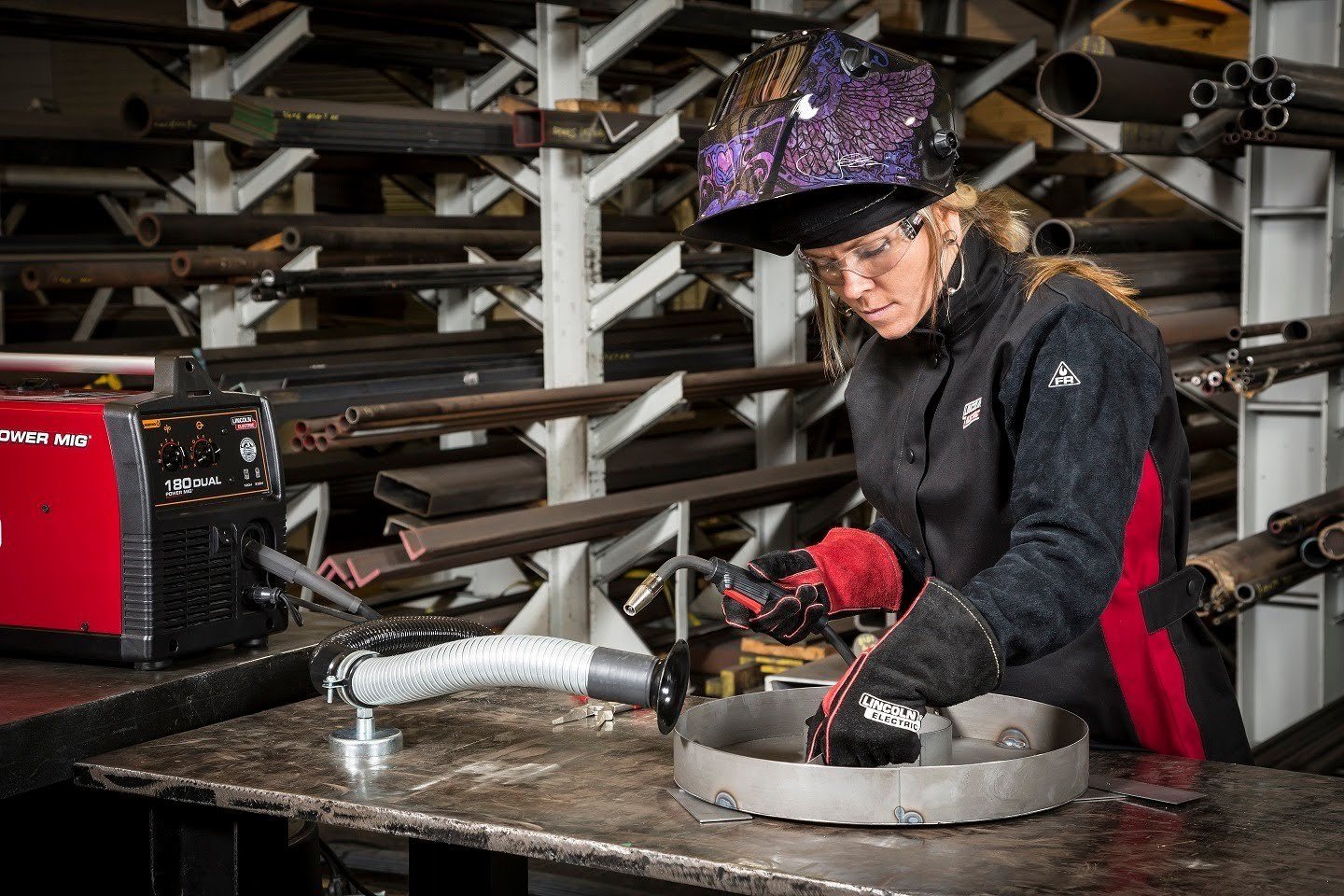
According to your needs, different welding lenses provide different lens reaction times. This is the time that the lens needs to darken, and the faster the reaction the better protection it offers. For different processes, there are different recommendations so you need to check them and choose accordingly. There shouldn’t be any delay in reaction because even the smallest exposure can have negative effects.
If you have bad eyesight, wearing your glasses under the helmet can be hard. In this case, you could get a diopter lens that magnifies and helps you see better without glasses. You could use this even if your eyesight is fine.
The welding helmet lens need to be replaced when they get too dirty or when the batteries stop working. If the lens becomes foggy while working, it can be washed with shampoo, toothpaste, or shaving cream to prevent it from fogging, or there are specially made anti-fogging creams and wipes that you could try.
Protective Goggles
Goggles can be worn under the helmet or alone for certain forms of welding. They can help keep you protected even when the helmet is lifted. They usually have side shields and provide the same protection as helmets. They are often overlooked because wearing both a helmet and goggles can be uncomfortable and many people don’t see the point in it. Another reason may be that many people already wear prescription glasses under the helmet. But a helmet is often not enough to protect you from all the hazards. So, to make sure that you’re fully safe, choose high-quality auto-darkening helmets or use both goggles and a helmet.
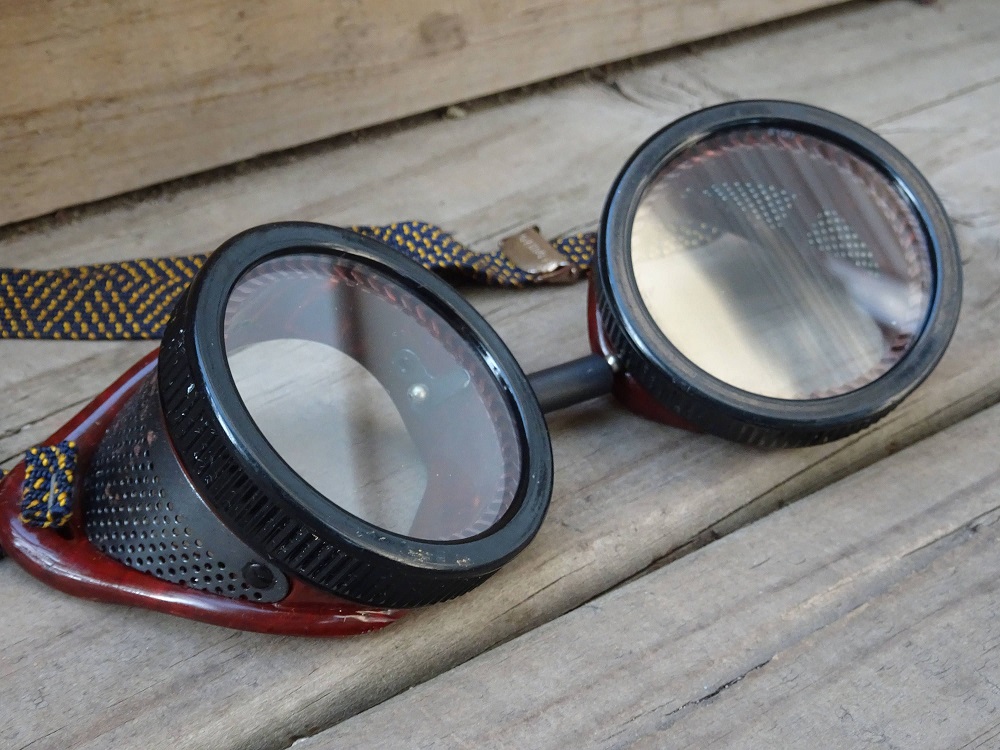
Ear Protection and Respirators
Earplugs and Ear Muffs
Protecting your ears will make sure that you don’t suffer hearing loss from noise associated with welding. Moreover, hot slag can enter your ears at high speed and cause burned eardrums and other injuries and infections. For this reason, earplugs and muffs are used. There are different types of earplugs.
- You can try foam earplugs that expand when inserted into the ear canal and are easy to remove (these are disposable)
- Silicone earplugs reduce background noise and are washable and reusable, so you wouldn’t have to get a new pair every time you weld
- Custom-molded earplugs take the shape and the size of your ear and won’t slip out
Earmuffs protect the entire ear from sparks and splatter. They need to be fire-resistant and lightweight so you can easily wear them under the helmet.
Respirators
Respirators are needed when fumes can’t be removed by ventilation or there’s a possibility of oxygen deficiency. They protect against dust, gases, chemicals, fumes, and provide air for the welder. Welding respirators should be comfortable and fitted to each person and their functionality needs to be checked before every use.
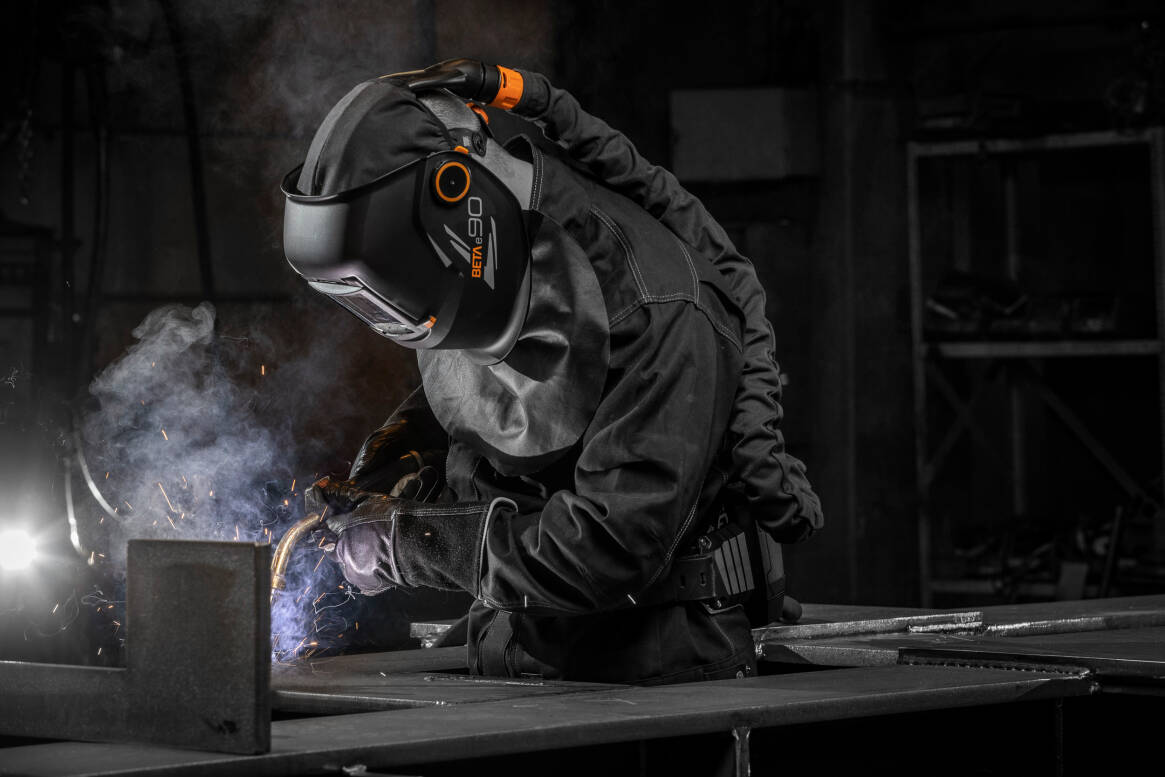
The Importance of Appropriate Clothing
The clothing needs to be tight, with long sleeves and pant legs, as well as buttoned-up shirts to protect the neck. The material should be wool or cotton to protect you from heat, ultraviolet light, sparks, and debris. Leather aprons are worn for additional protection.
- Gloves – Protect against heat, burns, and UV light and are made of leather, metal mesh, or canvas. They need to be fire-resistant and cover the hands, wrists, and forearm.
- Boots – They protect against burns and electric shock. The boots you get shouldn’t be slippery and open, because they can catch hot debris. They can be protected with flame-resistant leather or shields, and heat-resistant outsoles. Most importantly, since welders spent much of the time standing, any type of shoe needs to be comfortable and ergonomic.

